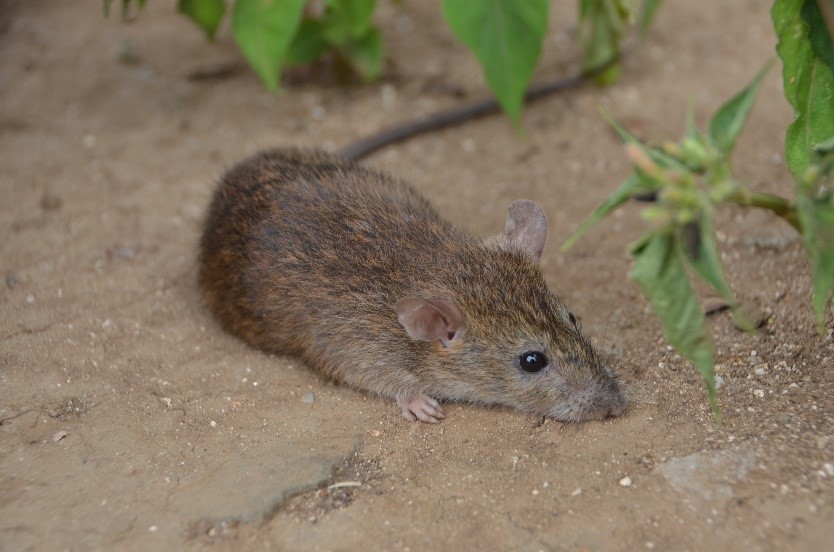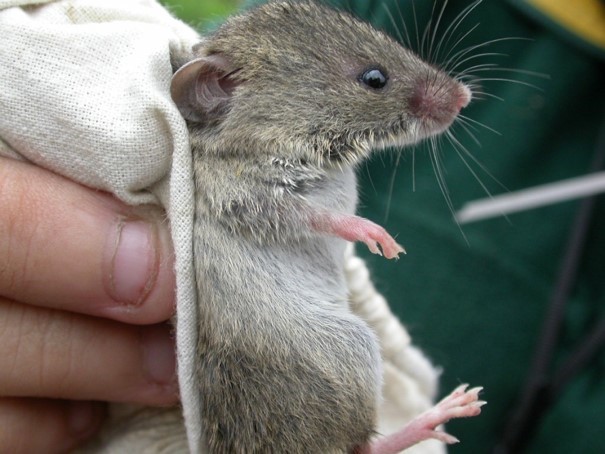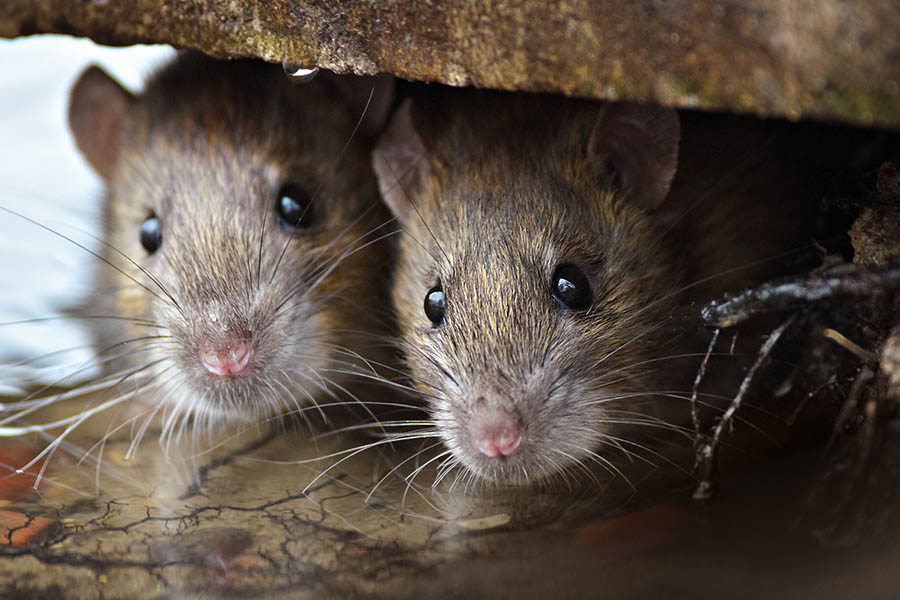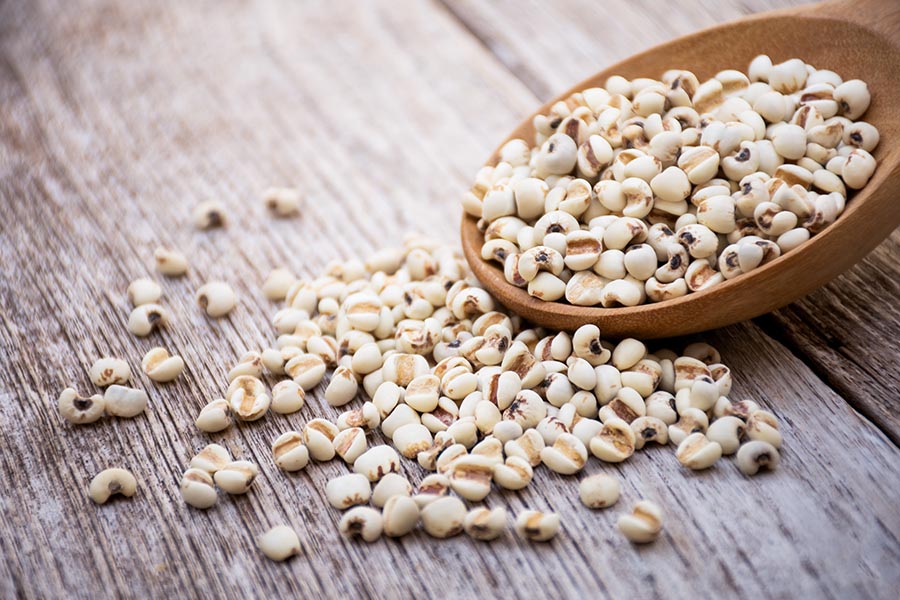[Provided by Professor Chi-Chien Kuo and his team from the Department of Life Science]
Like humans, different animals may behave differently. According to the pace-of-life hypothesis, animals of smaller body sizes generally have shorter life spans and begin reproduction at earlier ages compared to larger species. Since they are required to reproduce within relatively fast-paced life histories, smaller species may exhibit riskier behavior in order to quickly secure sufficient food resources. This study examined four wild rodent species in Taiwan and their behavioral response to predator (leopard cat) cues, and it was found that the two rodents of smaller size invested less time in avoidance behavior, while the larger species were relatively cautious. These findings correspond to the pace-of-life hypothesis, suggesting that larger animals are not necessarily bolder.
Every person has a different personality. Some are extroverted and enjoy adventures while others are conservative and prudent. Research has found that, like humans, different animals have varying behaviors. But could there be any identifiable reasons for such variance? For instance, would bigger animals be bolder than their smaller counterparts?
According to the pace-of-life (POL) hypothesis, boldness and shyness in animal behavior are determined by morphological traits, such as body size. In nature, species of larger body size usually have longer life spans and more time to grow and reproduce; conversely, smaller species with shorter lives would have to mature and reproduce within shorter periods. Smaller animals therefore have a faster POL and would be expected to adopt bolder behavioral strategies in order to quickly secure food sources and mates so that they can mature and produce offspring. Larger animals, on the other hand, have a slower POL and therefore may be more cautious so that they can extend their life span and thereby increase their chances of reproduction in the future.
There have been few studies to corroborate the behavioral difference between different species following the POL hypothesis. Therefore, a group of researchers from National Taiwan Normal University, National Pingtung University of Science and Technology, and Taipei Zoo captured four wild rodent species of varying body sizes and conducted controlled laboratory experiments to compare their behaviors. The largest species, Rattus losea (Figure 1), can be more than 10 times the size of the smaller mice species, Mus caroli (Figure 2). Each rodent was subjected to two consecutive days of trials and was placed in a large open test arena on the first day to record their behavioral responses to a novel situation. On the second day, predator—leopard cat—feces were added to the arena (Figure 3) to simulate predation risk and assess the rodent’s behavioral responses.
Additionally, a foraging tray was placed beside the leopard cat feces which contained 5.0 g of millet seed mixed thoroughly in 75 g of extra fine sand as feed for the rodents. As fewer seeds are left for the rodents to consume, the more time is required to search for and exploit the remaining seeds. For the rodents, when to give up foraging is partly determined by their perception of potential risk. That is, when the rodents perceive the risk of predation outweighs the reward of foraging, they will typically quit searching for food. Conversely, when the rodents perceive that the potential risk is low, they would be more willing to continue foraging for seeds. Therefore, the remaining number of seeds within the sand can also be used to indicate perception of risk or willingness to take risks. Typically, the more seeds that remain, the more cautious the rodent; the less, the more willing they are to take risks.
The results showed that the larger rat species spent more time motionless or concealed, while the two smaller mice species allocated more time to exploration and foraging, suggesting that larger species are indeed more cautious, while the smaller are bolder. This supports the prediction of the POL hypothesis— bigger doesn’t mean bolder.

Figure 1: Rattus losea, the largest species

Figure 2: Mus caroli, the smallest species

Figure 3: The test arena. The bottom left shows the rodent foraging while the bottom right contains leopard cat feces
Source: https://doi.org/10.1186/s12983-020-00376-8














